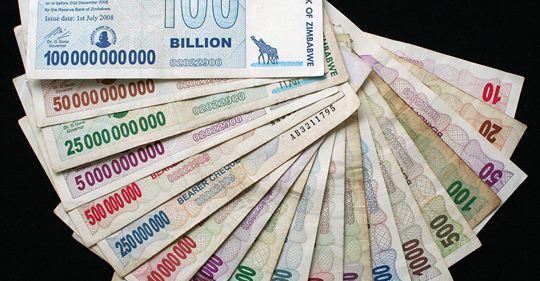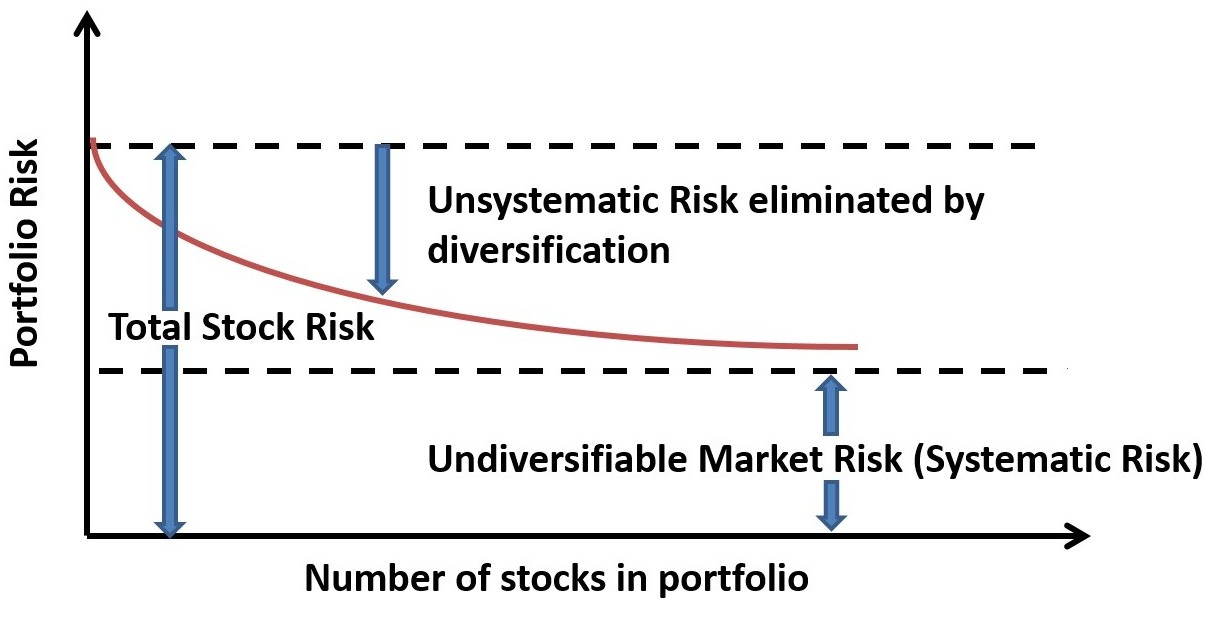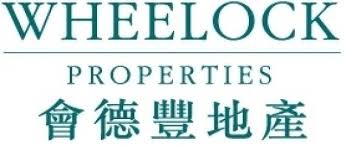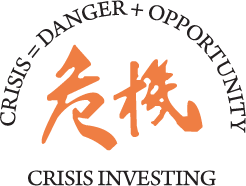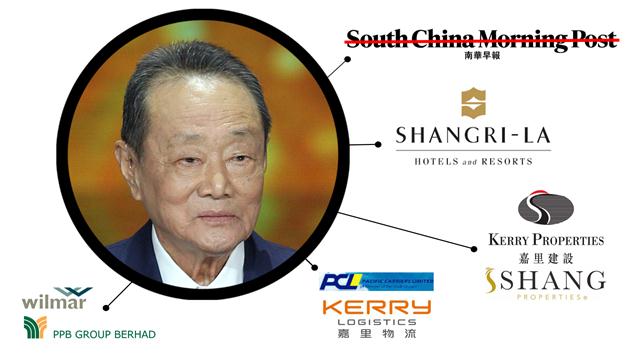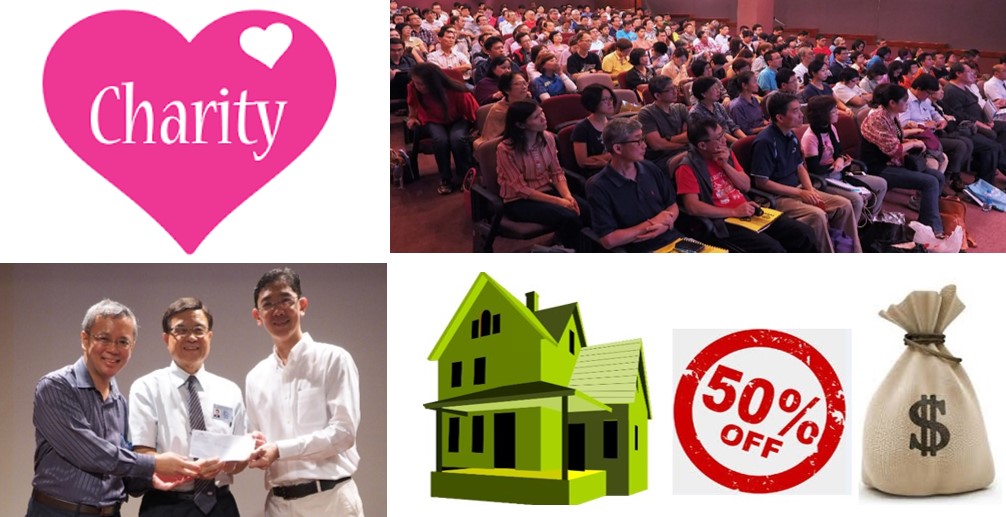
Dr Tee, Ein55 Mentor & Graduates have together organised 7 charity investment courses (REITs/Business Trusts in Nov 2015 and May 2017, High Dividend Stocks in Mar 2016 and Oct 2017, Capital Growth Stocks in Apr 2018 and Discounted NAV Stocks in Sep 2016 and Nov 2018) in the past 3 years, donating net income of around $132,000 to Tzu Chi 慈济 (Singapore). We hope to inspire more Ein55 Graduates to reach out the society, helping others who are in need. More importantly, they have also learned the secrets of making money through investment. When more Ein55 Graduates are successful financially, they could also contribute back to the society to help more people in future.
Here are key learning points from the recent Charity Course on Discounted Net Asset Value (DNAV) Stocks:
3 Rules in calculation of Discounted NAV stock value (from Balance Sheet)
1) Non-discounted asset
– Cash, Land & Building, Investment Property that generate rental income, financial asset at market value
2) Zero value asset
– Goodwill, club membership, deferred Tax, Software licenses and etc
3) Up to 50% discount asset
– all remaining asset
Discounted NAV = Sum of “discounted” assets – (Total Liabilities + Minority Interest)
3 Steps in Discounted NAV Stocks Investing Strategy (What to Buy, When to Buy / Sell):
1) Scan out the list of stocks with Price-to-Book Ratio, Price/NAV = PB<1X
Start with balance sheet, restate assets at fair market value to calculate Discounted NAV (DNAV). Classify the stock scanned out into property related stocks and non-property stocks
2) Shortlisting the stock with Price/DNAV <1X, performing 5-Factors Business Fundamental Check.
Rank the final shortlisted D’NAV stock in watch list. For property related stock, look for P/DNAV < 0.8X.
3) Combine Optimism Method to decide BUY/SELL points
BUY – when low optimism, <25% for both Long Term & Medium Term
SELL – when share price > NAV or Optimism >75%
1 of the 10 case studies mentioned in this charity course: Bursa giant stock, Selangor Properties Berhad (1783.KL) is acquired recently after the course notes is prepared, share price goes up by 40%. I am not surprised the remaining 9 case studies would be target of acquisition in future
We should drive the money (helping others when you are successful), not driven by the money (making money only for own gain). Investors should learn the unique Optimism Strategies with FA (Fundamental Analysis) + TA (Technical Analysis) + PA (Personal Analysis) developed by Dr Tee to choose strong global stocks, buying them at low price, then holding for consistent dividend payout or selling for high capital gains. High-quality free stock investment courses are provided by Dr Tee to the public.


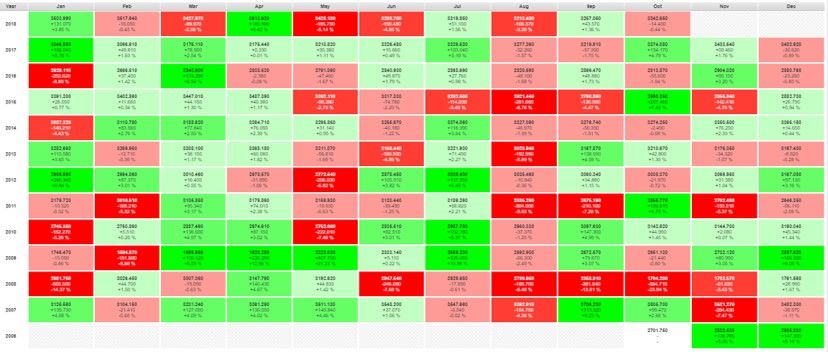
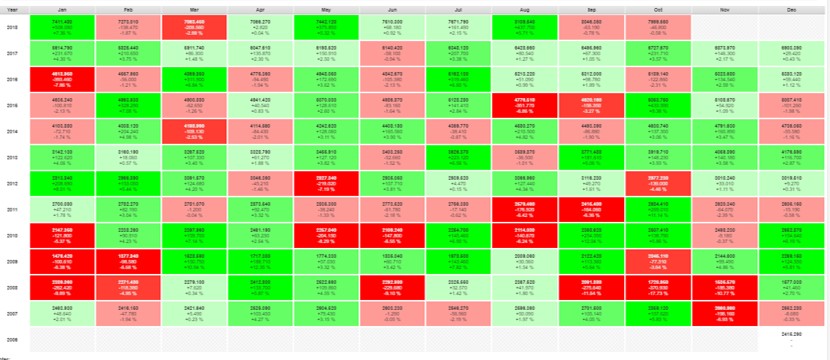
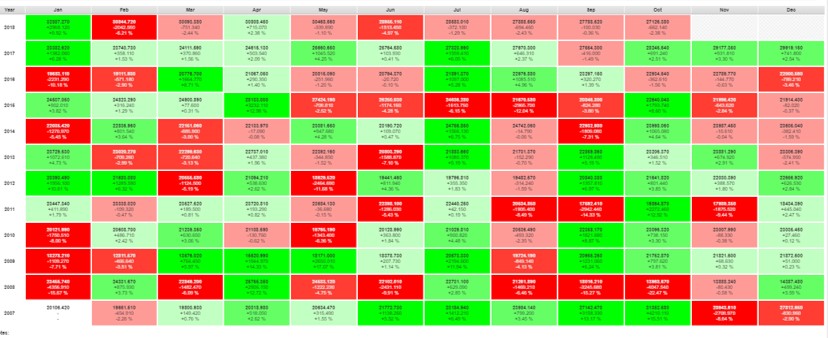
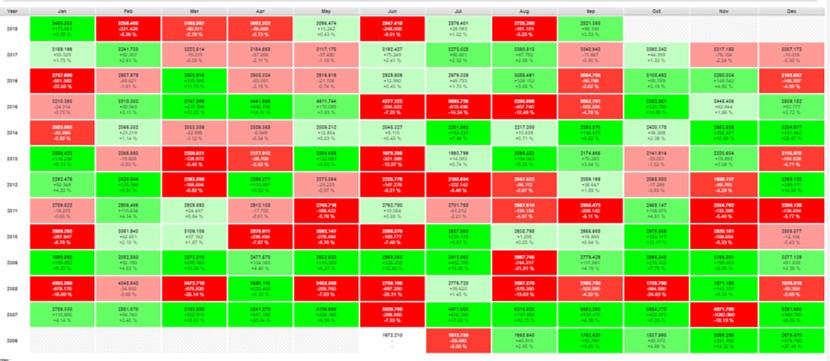
 US consistently increases the interest rate, latest adjustment is to 2-2.25%. Despite the US and global economy are still bullish, this implies less time remaining for the bull market.
US consistently increases the interest rate, latest adjustment is to 2-2.25%. Despite the US and global economy are still bullish, this implies less time remaining for the bull market.
